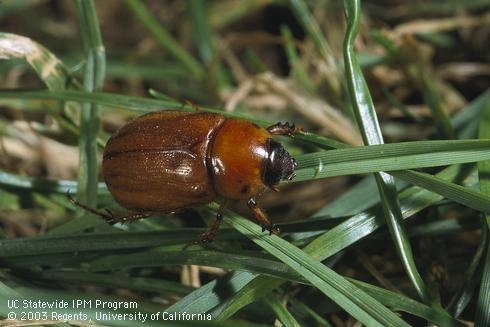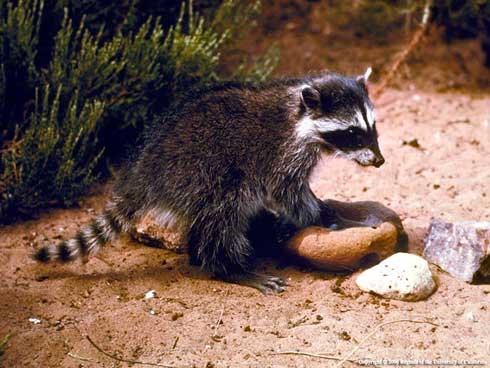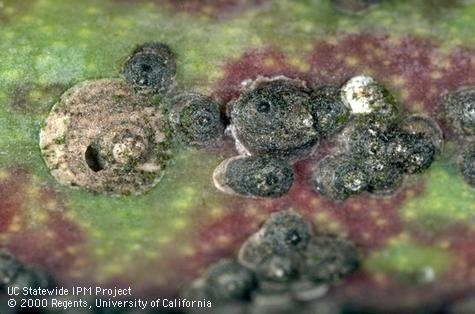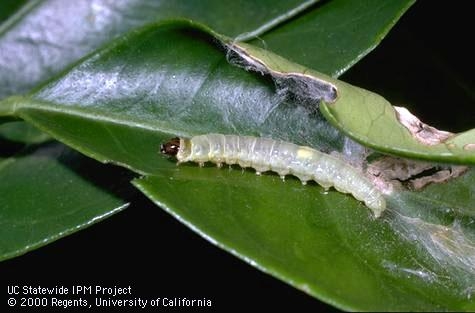
Below are a few such pests that you might be encountering now in your gardens and landscapes.
Masked Pests
Masked chafers are golden brown beetles with dark heads that give them their name. The adults are not typically considered pests although they do show up on window screens, in pools, or wander into the home. The immatures, white C-shaped grubs, are considers pests because they feed on the roots of grasses and possibly other plants. Learn more about this masked pest here.

Pests with Covers


Leafrollers are a group of moths that feed and pupate within rolled-up leaves. The immature caterpillars roll or web together the leaf to use as protective cover. Several species of leafrollers can be found in California. The fruittree leafroller is the most common and can be found on many ornamental trees and fruit and nut trees including ash, birch, maple, poplar, almond, apple, apricot, citrus, pear, and walnut.
Visit the UC IPM website to find out more about pests and personal protective equipment needed when applying pesticides. Stay safe this summer!
Author - Associate Director for Urban & Community IPM/ Area Urban IPM Advisor